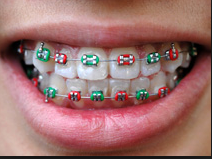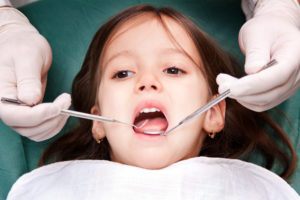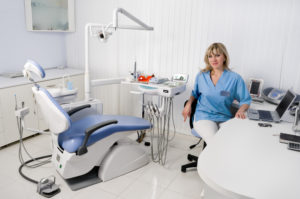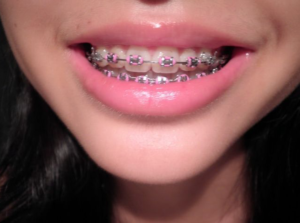Your First Appointment With Our Orthodontist

The first appointment is the “initial examination”. This appointment allows the doctor and the staff the opportunity to meet you or your child and to obtain basic information regarding any current or potential orthodontic problems. A medical and dental history are obtained as well as a thorough clinical evaluation and documentation of any orthodontic problems. A panoramic x-ray (screening x-ray) may be taken, if you do not have or bring one, to evaluate the development of the teeth, the presence or absence of any teeth, and the integrity of the supporting dental structures. After examination, general questions regarding the nature of the orthodontic problems (if any), type of treatment required, estimated time of treatment, and when treatment should be initiated, will be answered. If treatment is recommended after the initial examination, diagnostic records will be required so that the doctor can further evaluate the problems and propose a recommended plan of treatment. If treatment is not indicated at the time of the initial examination, he will suggest a recall regimen to monitor the child’s growth and dental development.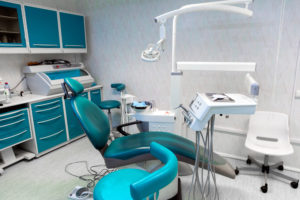
Once the initial examination has been completed, the staff can address any financial concerns and discuss the payment options available through our office. We will be glad to explore any orthodontic insurance benefits you or your child may have.
Note: If orthodontic treatment is indicated, it is very important that you or your child has seen your family dentist for a checkup within the past six months. If any cavities are to be filled, these should be completed prior to initiation of the orthodontic treatment.
Appointment Time: Approximately 30-45 minutes.
What To Bring (If you have them)
A recent (within the last 6 months) panorex or full-mouth series of x-rays taken by your dentist.
Any orthodontic diagnostic records that may have previously been taken.
Any orthodontic insurance information (cards, booklets, etc.) so that we can determine your benefits.
The completed patient information and medical history form was mailed to you after you scheduled the initial evaluation appointment.
Any referral information or letters that may have been given to you by your dentist or physician.
What To Expect (TMJ or TMD Exam)
The initial examination appointment is to determine the basic nature of your “TMD” problems and discuss the possible treatment modalities available to address these problems. A thorough evaluation of your medical and dental history as well as the effectiveness of any previous “TMD” treatment that has been rendered, will be investigated. A comprehensive clinical evaluation will be performed to assess and document areas that can contribute to jaw-related pain and dysfunction. A panorex (screening x-ray) will be taken, if you do not have a recent one, to evaluate any abnormalities in the jaw joints, teeth, and the supporting structures of the teeth. After the initial evaluation, further diagnostic information may be necessary to establish a proper diagnosis and plan of treatment.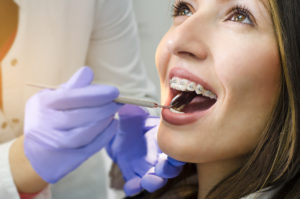
Once the examination is complete, a financial estimate of any necessary treatment will be discussed by a staff member before treatment is initiated. If you have dental or medical insurance, we will be happy to determine if you have any benefits covering “TMD” treatment.
Appointment Time: Approximately 45 minutes to 1 hour.
What To Bring (If you have them)
A recent (within the last 6 months) panorex or full-mouth series of x-rays taken by your dentist.
Any records that may have previously been taken to evaluate your “TMD” problems.
Any dental or medical insurance information (cards, booklets, etc.) so that we can determine your benefits.
The completed patient information and medical history form was mailed to you after you scheduled the initial evaluation appointment.
Any referral information or letters that may have been given to you by your dentist or physician. More on this website

